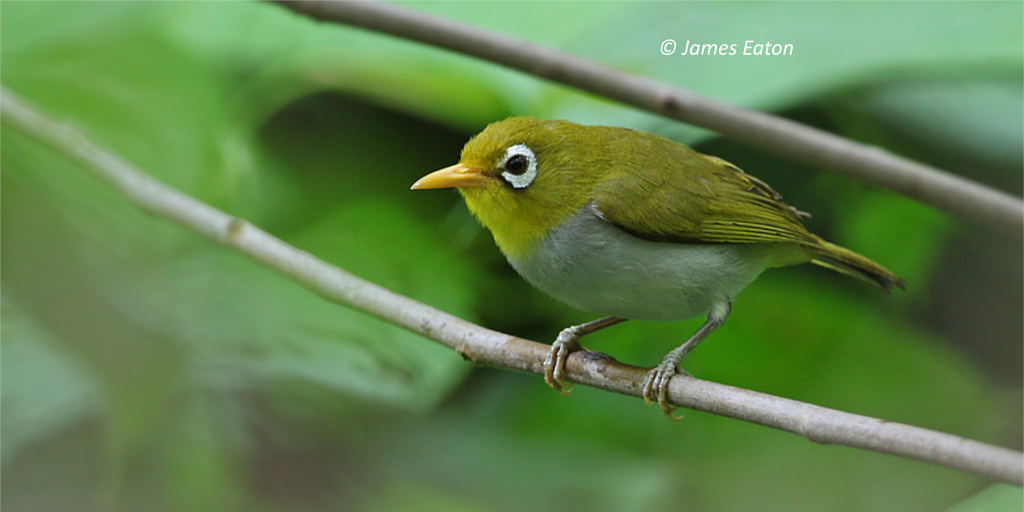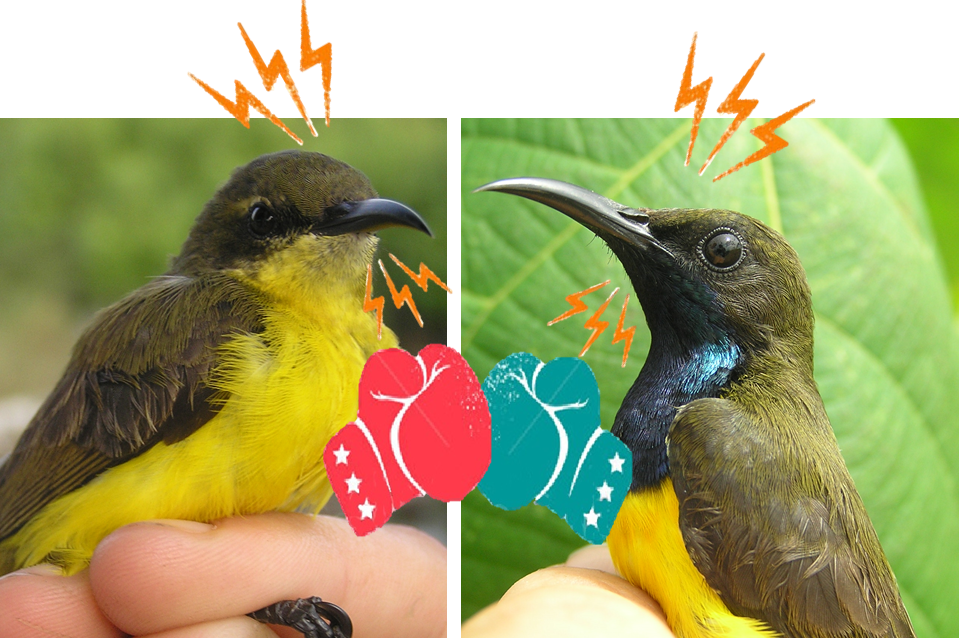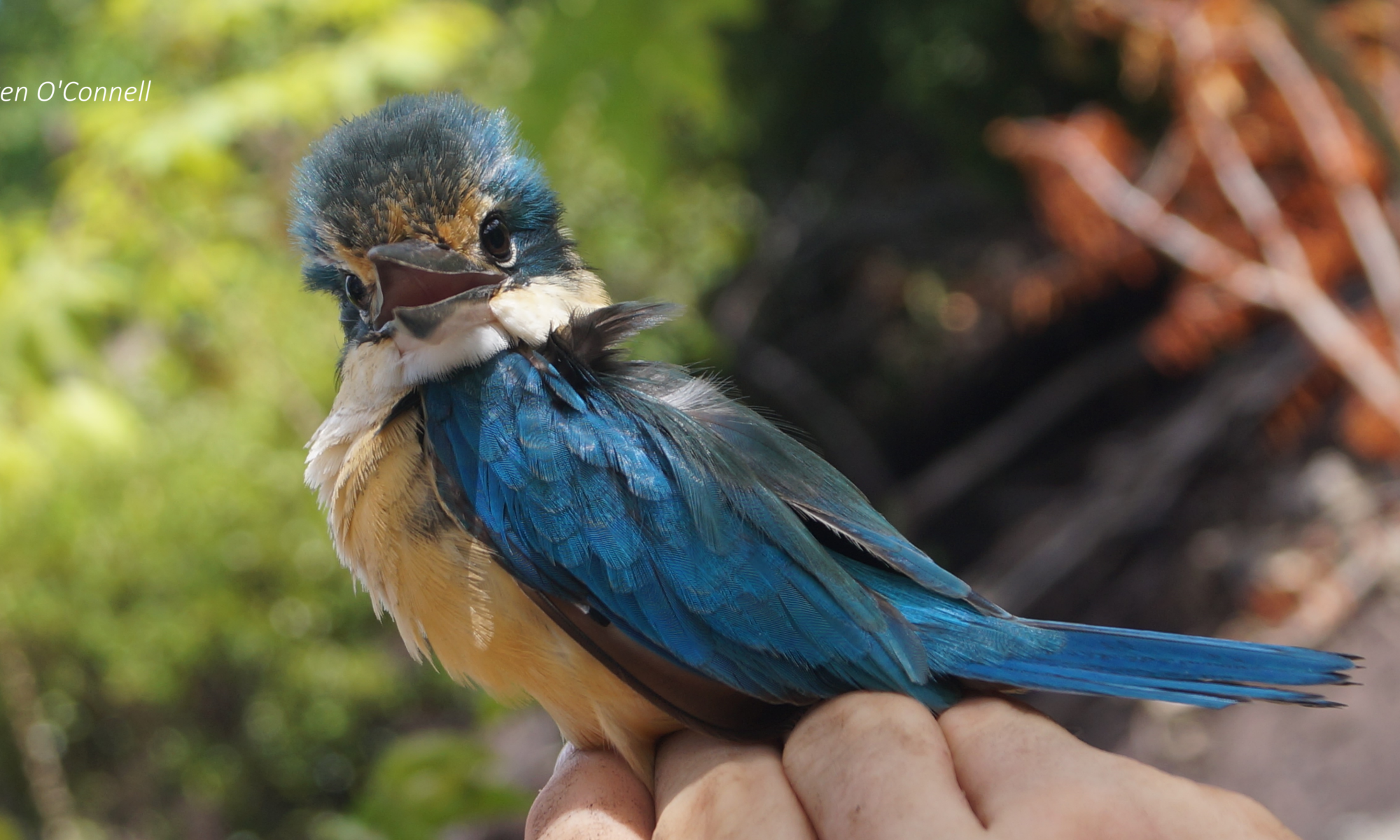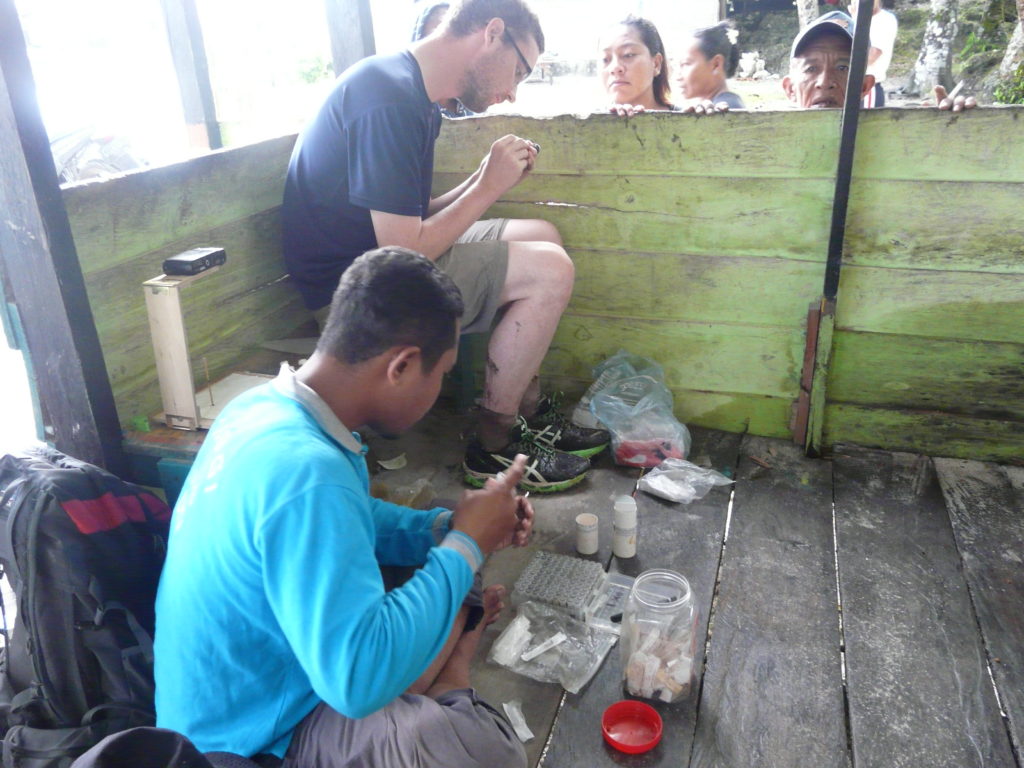This blog was first published on #theBOUblog. Check it out at https://www.bou.org.uk/blog-oconnell-two-new-white-eye-species-sulawesi/
The Wallacea region has always been known to be home to many unique species, with birds of paradise, giant reptiles and marsupial versions of sloths found among its many islands! The region takes its name from Alfred Russel Wallace, who along with Darwin, developed the theory of evolution from his studies of the species of Wallacea. When I first set my heart on a career as a Zoologist (a decision made with absolute certainty at age 12!) I dreamed of following in the footsteps of these great naturalists. So it is of no surprise that when I finally got around to starting my PhD many years later, I chose to study speciation (the formation of new species during the course of evolution) in the birds of Wallacea, with the hope the region still held mysteries to uncover. Our research focused on South-east Sulawesi, Indonesia. Sulawesi is a weird and wonderful part of the world, and island hopping through that region has provided me with a lifetime of unforgettable memories. It also allowed me to fulfill my dream, as in our recent paper in the Zoological Journal of the Linnean Society, we describe two new bird species from the Wakatobi Islands, an island chain off South-east Sulawesi (Figure 1).
Continue reading “Two new bird species from the unique and understudied Sulawesi region”



